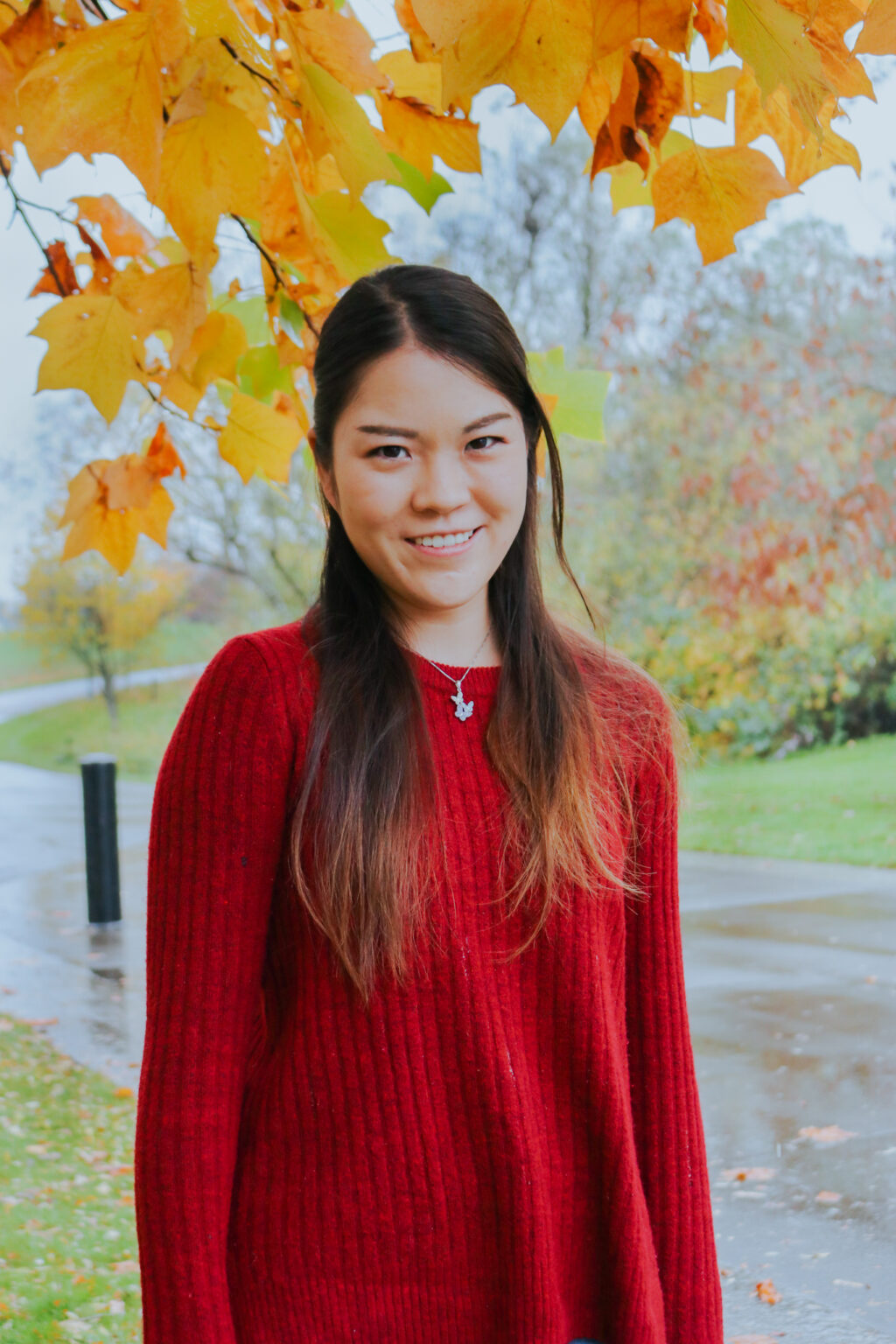The last day of the year in Japan, also known as Ōmisoka, is a widely celebrated holiday in the country. Cultural traditions that occur during this time paint a winter scene containing Shinto shrines attracting crowds eager to pray for the incoming New Year, and send away the old with ceremonious ringing of the Suzu, or shrine bell.
Here in the U.S., Shinto shrines are sparse, as there are only 11 shrines in four states, including Washington. For those unable to participate in traditional shrine visits to Japan, how do Japanese residents in the U.S. continue their long-held Shogatsu, or New Year’s traditions?
“Even though most of the Japanese are atheists, shrine visits, called Hatsumōde, are a very important traditional event for Japanese people to give thanks for making it safely through another year and to make wishes for various blessings.” – Machi Nishikawa
Machi Nishikawa, a senior accounting major at WSU Vancouver, continues to celebrate Ōmisoka despite living far from Japan. Since moving to the U.S., Nishikawa and her dad have decided to continue traditions annually, staying up to greet the New Year with a bowl of noodles in hand. On Ōmisoka, eating long noodles the night before symbolizes crossing over from one year to the next, and Nishikawa says eating soba to commemorate the incoming year is a regular occurrence in her family’s celebration.
“Every year my family eats soba at 11:59 p.m. and starts the New Year. …I like eating cold soba more, and so does my family. I usually use a soy-sauce based dipping sauce called Mentsuyu with chopped green onion, nori (seaweed) and wasabi. I think this is the simplest way to eat soba in Japan,” Nishikawa said.
Ōmisoka is best known for customary food, and lively vendors selling seasonal gifts to eager customers. Small businesses set up shop at the shrine head to sell yakisoba, udon, fortunes, charms and popular treats, such as mochi.
The significance of shrine visits varies from family to family in Japan, but whether or not the Shinto religion is practiced, every person who visits on Ōmisoka is likely to be seen praying or making their own wishes as the clock strikes midnight. A few common wishes might be related to finding love, luck or longevity. However, Nishikawa says she makes the same wish every year: for her family to maintain health and happiness.
“Even though most of the Japanese are atheists, shrine visits, called Hatsumōde, are a very important traditional event for Japanese people to give thanks for making it safely through another year and to make wishes for various blessings,” Nishikawa said.
During the holiday season, loneliness is a common struggle for students, like Nishikawa, who live abroad. She relies on the internet as a lifeline to connect with her family, even when they feel like a world away.
“I miss it, I miss spending time with my family. It’s not that hard for me because I can still connect with them online, but I do miss them,” Nishikawa said. “I’m actually going back to Japan this year for [the] New Year. I’m very excited to spend time with my family this winter and do a shrine visit with them. It’s been two years since I was in Japan, so there are lots of things I want to do. Before the pandemic, I used to go back to Japan twice every year to see my family. I think this year we value family time more since we’ve realized we cannot take that time for granted.”
Winter is filled with holidays that keep the season full of love. Ōmisoka is known for bringing families together, and celebrating a fresh chapter when the New Year comes around. Even if you are miles away from friends and family, Nishikawa believes, continuing those traditions, or creating new ones can help others feel back at home.

Bethanie is a senior studying environmental and ecosystem science at WSU Vancouver.
